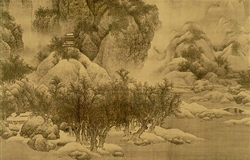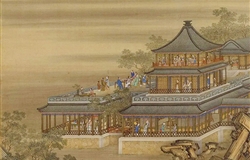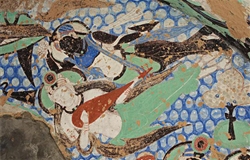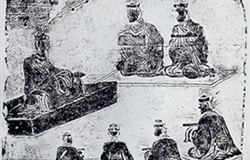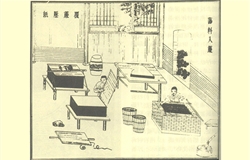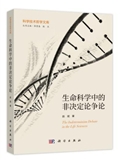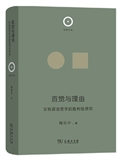Culture
-
Aesthetics greatly developed in China during the 20th century, reaching great heights many times. [详细]10-22-2021
-
Classical genres, even when written by contemporary authors, can appeal in translation too, for instance, wuxia [martial arts] fiction. [详细]10-14-2021
-
The mausoleum of the Marquis of Haihun is one of the few Western Han imperial mausoleums that have not been looted. It contains nine tombs and a cha…[详细]09-30-2021
-
The archaeological discoveries of the Marquis of Haihun cemetery provide unprecedented evidence of culture, economy, and communications with foreign…[详细]09-30-2021
-
In addition to historical archives, ancient paintings also provide us with rich information about the Mid-Autumn Festival. [详细]09-23-2021
-
Based on historical documents and unearthed wooden slips, this article looks into the diplomatic relations between the Han Empire and the kingdoms o…[详细]09-17-2021
-
Archives and unearthed slips show that the Han Empire's operation upon the Silk Road varied with different sections of the routes, so as to keep the…[详细]09-09-2021
-
Jingxue, or classics scholarship, originally referred to Chinese scholarship before imperial unification by the Qin Dynasty in 221 BCE. [详细]09-02-2021
-
Regardless of whether papermaking originated in the Western Han or the Eastern Han, or whether Cai was the inventor or improver of the papermaking p…[详细]09-02-2021
- In 221 BCE, the Qin wars of conquest brought an end to the Warring States Period, a tumultuous era marked by…MORE
- The tradition of painting coffins is deeply rooted in Han culture, and the origin of the lian-bi patterns ca…MORE
- China’s Great Wall dates back as early as to the Spring and Autumn period.MORE
- The Miaodigou culture was viewed as the heyday of painted pottery.MORE
- Xu Zhimo was known for his efforts to set Chinese poetry free from the constraints of its traditional forms,…MORE
-
Let me state that I am against a certain “apologetic” stance taken by the entire field of the humanities r…[详细]

